Pelvic Pain
How to submit an article:
- Registered users can submit any published journal article that has a unique DOI (Digital Object Identifier) name or link to Research Hub.
- For example, you can paste the full DOI link:
https://doi.org/10.1109/5.771073or just the DOI name:10.1109/5.771073into the field above and click submit. - The person who is first to submit a valid article to Research Hub will forever be credited for it, and every article submission earns you +6 Research Points.
Published research studies are articles that present the findings of original research that has undergone a peer-review process and has been made publicly available in scholarly journals, books or other media.
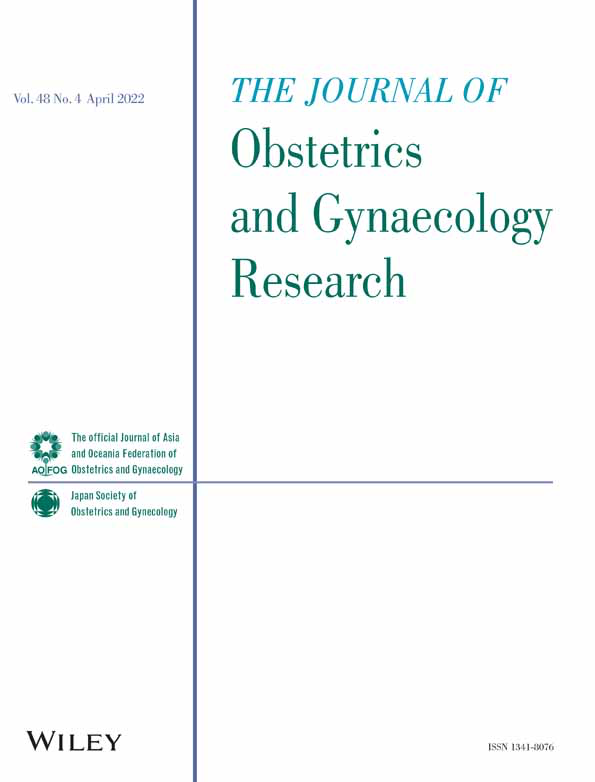
New concepts on the etiology of endometriosis
2023 Feb 06 Journal of Obstetrics and Gynaecology Research Cousins FL, McKinnon BD, Mortlock S, Fitzgerald HC, Zhang C, Montgomery GW, et al.
Recent developments include the identification of over 40 genetic risk factors, the role of retrograde menstruation in the transfer of endometrial stem/progenitor cells, insights into the glandular structure through lineage tracing and tissue clearing microscopy, identification of somatic mutations, including cancer driver genes, in normal and eutopic endometrium, exploration of methylome sequencing for gene regulation, single-cell RNA sequencing for transcriptome analysis, and the use of endometrial epithelial organoid cultures for studying endometriosis, offering potential for personalized medicine.
Experimental Study Review Article Endometriosis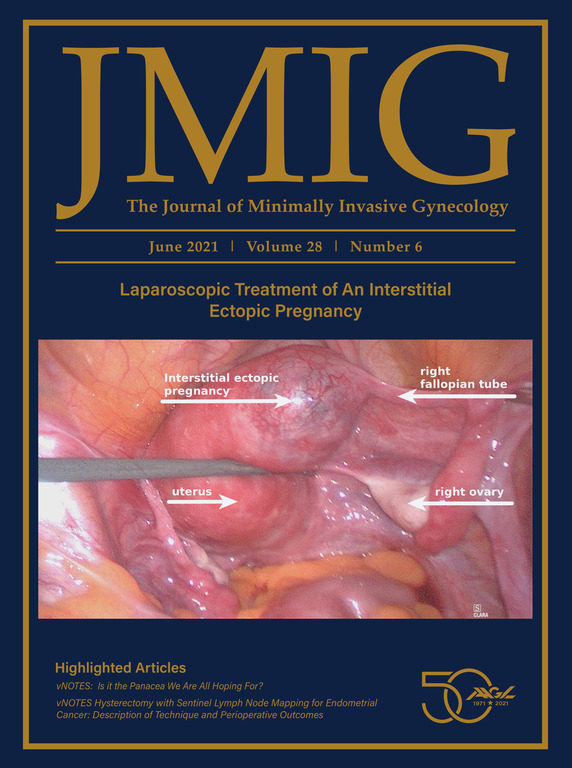
7513 Acupuncture for Pelvic Floor Disorders: A Literature Review
2022 Nov Journal of Minimally Invasive Gynecology Fang JH, Parikh N, Hsu JC, Balica AC
A survey of the current literature demonstrates that acupuncture is a versatile tool that may be utilized for a variety of pelvic floor disorders, including chronic pelvic pain, incontinence, and pelvic floor dysfunction; it may be a viable alternative for patients with refractory symptoms.
Review Article Randomised Controlled Trial Acupuncture
Evidence for the Use of Complementary and Alternative Medicine for Pelvic Inflammatory Disease: A Literature Review
2022 Jan 19 Evidence-Based Complementary and Alternative Medicine Wang D, Jiang Y, Feng J, Gao J, Yu J, Zhao J, et al.
In summary, the merits of CAM in the treatment of PID mainly include the following: (1) CAM effectively alleviates the symptoms caused by PID and accelerates the disappearance time of symptoms; (2) CAM can greatly improve clinical effective rate and reduce adverse reactions and recurrence rates; and (3) the efficacy produced by CAM can replace antibiotics and reduce the dose of antibiotics required for PID treatment.
Review Article Complementary Medicine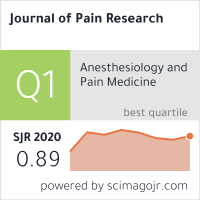
A Retrospective Study on Chronic Pelvic Pain Treated with Traditional Chinese Medicine Combined Therapy: 179 Cases (2016–2018)
2021 Oct Journal of Pain Research Guo S, Chen Y, Tang Q, Liu L, Xu L
Combined therapy of traditional Chinese medicine alleviated symptoms of chronic pelvic pain, soothed the accompanying symptoms, and hence helped to improve the life quality of women.
Case Report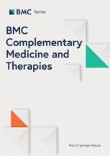
A cross-sectional study of traditional Chinese medicine practitioner’s knowledge, treatment strategies and integration of practice of chronic pelvic pain in women
2021 Jun 24 BMC Complementary Medicine and Therapies Arentz, S., Smith, C., Redmond, R. et al.
TCM practitioners seeing women with various chronic pelvic pain (CPP) symptoms, commonly incorporate both traditional and modern diagnostic methods to inform their treatment plan, monitor treatment progress using commonly accepted approaches and measures and often as a part of multidisciplinary healthcare for women with CPP.
Review ArticleResearch insights are moderated by the Research Hub team and offer an at-a-glance overview of interesting research findings.

2021 Trials
Gynoclear™, a formulation of six herbs, could potentially reduce the severity and duration of pain and other symptoms associated with endometriosis.
Study Protocol Endometriosis Gui Zhi Fu Ling Wan
The effectiveness of a modified Gui Zhi Fu Ling Wan formulation (Gynoclear™) for the treatment of endometriosis: a study protocol for a placebo-controlled, double-blind, randomised controlled trial
Armour M, Al-Dabbas MA, Ee C, Smith CA, Ussher J, Arentz S, et al.

2018 Evidence-Based Complementary and Alternative Medicine
There is potential of acupuncture combined with conventional treatment for treating female chronic pelvic pain.
Systematic Review
Acupuncture Treatment for Chronic Pelvic Pain in Women: A Systematic Review and Meta-Analysis of Randomized Controlled Trials
Sung SH, Sung ADM, Sung HK, An TEB, Kim KH, Park JK
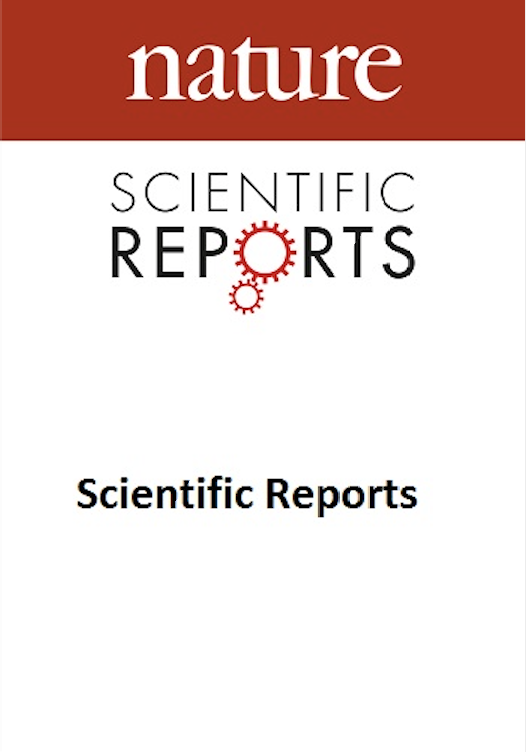
2016 Scientific Reports
Acupuncture may be recommended for the treatment of chronic prostatitis/chronic pelvic pain syndrome with relatively rare incidence of adverse events.
Systematic Review Bladder Conditions
Network Meta-Analysis of the Efficacy of Acupuncture, Alpha-blockers and Antibiotics on Chronic Prostatitis/Chronic Pelvic Pain Syndrome
Qin, Z., Wu, J., Tian, J. et al.

2016 Medicine
Current evidence supports acupuncture as an effective treatment for chronic prostatitis/chronic pelvic pain syndrome-induced symptoms, particularly in relieving pain.
Systematic Review
Systematic Review of Acupuncture for Chronic Prostatitis/Chronic Pelvic Pain Syndrome
Qin Z, Wu J, Zhou J, Liu Z.
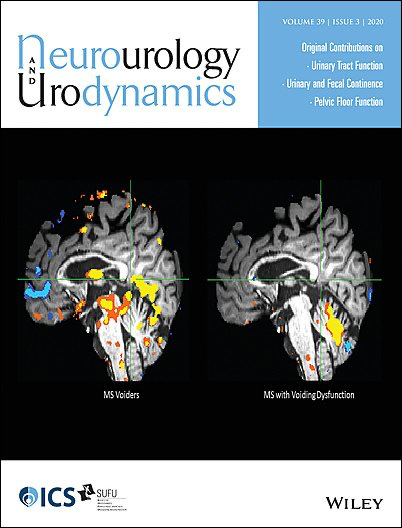
2016 Neurourology and Urodynamics
Acupuncture has promising efficacy for patients with chronic prostatitis/chronic pelvic pain syndrome.
Systematic Review
The efficacy of acupuncture in managing patients with chronic prostatitis/chronic pelvic pain syndrome: A systemic review and meta-analysis
Chang SC, Hsu CH, Hsu CK, Yang SSD, Chang SJ
Review Articles
Review articles summarise and critically evaluate the current state of research on a specific topic or field by synthesising multiple primary research studies.

New concepts on the etiology of endometriosis
2023 Feb 06 Journal of Obstetrics and Gynaecology Research Cousins FL, McKinnon BD, Mortlock S, Fitzgerald HC, Zhang C, Montgomery GW, et al.
Recent developments include the identification of over 40 genetic risk factors, the role of retrograde menstruation in the transfer of endometrial stem/progenitor cells, insights into the glandular structure through lineage tracing and tissue clearing microscopy, identification of somatic mutations, including cancer driver genes, in normal and eutopic endometrium, exploration of methylome sequencing for gene regulation, single-cell RNA sequencing for transcriptome analysis, and the use of endometrial epithelial organoid cultures for studying endometriosis, offering potential for personalized medicine.
Experimental Study Review Article Endometriosis
7513 Acupuncture for Pelvic Floor Disorders: A Literature Review
2022 Nov Journal of Minimally Invasive Gynecology Fang JH, Parikh N, Hsu JC, Balica AC
A survey of the current literature demonstrates that acupuncture is a versatile tool that may be utilized for a variety of pelvic floor disorders, including chronic pelvic pain, incontinence, and pelvic floor dysfunction; it may be a viable alternative for patients with refractory symptoms.
Review Article Randomised Controlled Trial Acupuncture
Evidence for the Use of Complementary and Alternative Medicine for Pelvic Inflammatory Disease: A Literature Review
2022 Jan 19 Evidence-Based Complementary and Alternative Medicine Wang D, Jiang Y, Feng J, Gao J, Yu J, Zhao J, et al.
In summary, the merits of CAM in the treatment of PID mainly include the following: (1) CAM effectively alleviates the symptoms caused by PID and accelerates the disappearance time of symptoms; (2) CAM can greatly improve clinical effective rate and reduce adverse reactions and recurrence rates; and (3) the efficacy produced by CAM can replace antibiotics and reduce the dose of antibiotics required for PID treatment.
Review Article Complementary Medicine
A cross-sectional study of traditional Chinese medicine practitioner’s knowledge, treatment strategies and integration of practice of chronic pelvic pain in women
2021 Jun 24 BMC Complementary Medicine and Therapies Arentz, S., Smith, C., Redmond, R. et al.
TCM practitioners seeing women with various chronic pelvic pain (CPP) symptoms, commonly incorporate both traditional and modern diagnostic methods to inform their treatment plan, monitor treatment progress using commonly accepted approaches and measures and often as a part of multidisciplinary healthcare for women with CPP.
Review Article
Acupuncture Treatment for Chronic Pelvic Pain in Women: A Systematic Review and Meta-Analysis of Randomized Controlled Trials
2018 Sep 27 Evidence-Based Complementary and Alternative Medicine Sung SH, Sung ADM, Sung HK, An TEB, Kim KH, Park JK
Systematic Review Meta-Analysis Pelvic PainThere is potential of acupuncture combined with conventional treatment for treating female chronic pelvic pain.
Clinical Trials
Clinical trials are research studies that involve people and are conducted to evaluate the safety and efficacy of new treatments or interventions, such as drugs, medical devices, or behavioural therapies.

7513 Acupuncture for Pelvic Floor Disorders: A Literature Review
2022 Nov Journal of Minimally Invasive Gynecology Fang JH, Parikh N, Hsu JC, Balica AC
A survey of the current literature demonstrates that acupuncture is a versatile tool that may be utilized for a variety of pelvic floor disorders, including chronic pelvic pain, incontinence, and pelvic floor dysfunction; it may be a viable alternative for patients with refractory symptoms.
Review Article Randomised Controlled Trial Acupuncture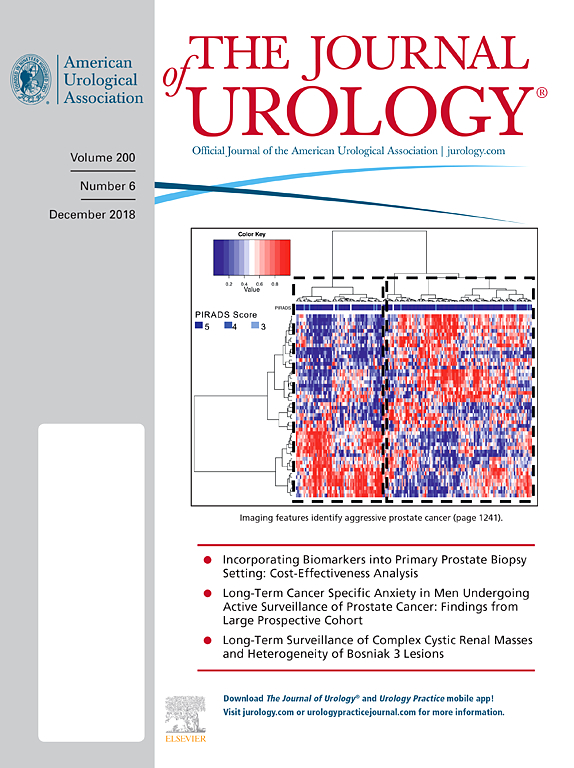
Acupuncture for Chronic Prostatitis/Chronic Pelvic Pain Syndrome: A Randomized, Sham Acupuncture Controlled Trial
2018 Oct Journal of Urology Qin Z, Zang Z, Zhou K, Wu J, Zhou J, Kwong JSW, et al.
Acupuncture demonstrated clinical and long-lasting benefits compared with sham acupuncture for chronic prostatitis/chronic pelvic pain syndrome, as evidenced by significant reductions in the NIH-CPSI total score at weeks 8, 20, and 32, with improvements in various secondary outcomes. Further randomized controlled trials with larger sample sizes are recommended for future validation.
Randomised Controlled Trial AcupunctureStudy Protocols
Published study protocols are detailed plans that outline the objectives, methodology, statistical analyses, and organisation of a research study that have been made publicly available for others to review and use as a reference.

The effectiveness of a modified Gui Zhi Fu Ling Wan formulation (Gynoclear™) for the treatment of endometriosis: a study protocol for a placebo-controlled, double-blind, randomised controlled trial
2021 Apr 21 Trials Armour M, Al-Dabbas MA, Ee C, Smith CA, Ussher J, Arentz S, et al.
Study Protocol Endometriosis Gui Zhi Fu Ling WanGynoclear™, a formulation of six herbs, could potentially reduce the severity and duration of pain and other symptoms associated with endometriosis.

Efficacy of acupuncture on pelvic pain in patients with endometriosis: study protocol for a randomized, single-blind, multi-center, placebo-controlled trial
2018 Jun 07 BMC Complementary Medicine and Therapies Liang R, Li P, Peng X, Xu L, Fan P, Peng J, et al.
The study will compare the effectiveness and safety of acupuncture with comfort needles on pelvic pain related to endometriosis in the hope of providing significant evidence for using acupuncture on pelvic pain related to endometriosis.
Study ProtocolPresentation Slides

Study Protocol
Gynoclear™, a formulation of six herbs, could potentially reduce the severity and duration of pain and other symptoms associated with endometriosis.
Armour M, Al-Dabbas MA, Ee C, Smith CA, Ussher J, Arentz S, Lawson K, Abbott J

Systematic Review
There is potential of acupuncture combined with conventional treatment for treating female chronic pelvic pain.
Sung SH, Sung ADM, Sung HK, An TEB, Kim KH, Park JK

Systematic Review
Acupuncture may be recommended for the treatment of chronic prostatitis/chronic pelvic pain syndrome with relatively rare incidence of adverse events.
Qin, Z., Wu, J., Tian, J. et al.

Systematic Review
Current evidence supports acupuncture as an effective treatment for chronic prostatitis/chronic pelvic pain syndrome-induced symptoms, particularly in relieving pain.
Qin Z, Wu J, Zhou J, Liu Z.

Systematic Review
Acupuncture has promising efficacy for patients with chronic prostatitis/chronic pelvic pain syndrome.
Chang SC, Hsu CH, Hsu CK, Yang SSD, Chang SJ

Systematic Review
There is moderate‐quality evidence from individual studies suggesting that acupuncture improved pelvic pain more than usual prenatal care.
Liddle SD, Pennick V
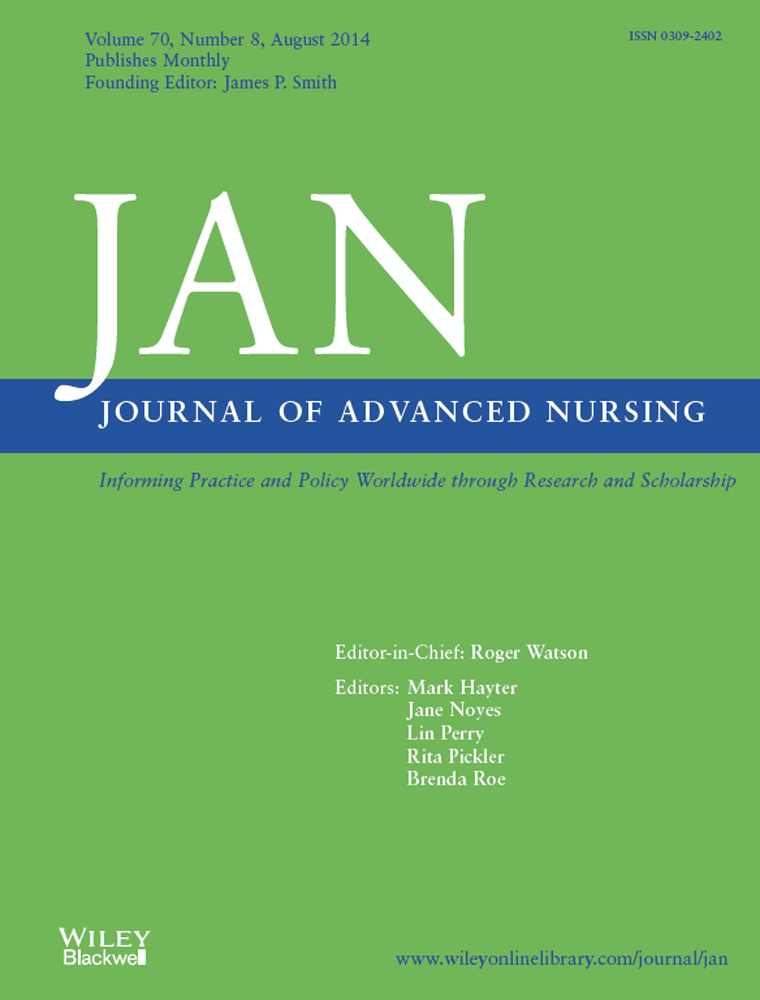
Systematic Review
Acupuncture showed both clinically important changes and statistically significant results for management of low back and/or pelvic pain (LBPP) in pregnancy.
Close C, Sinclair M, Liddle SD, Madden E, McCullough JE, Hughes C.
Executive Summary
Write an executive summary in the form of a blog article on the topic of "Research into Chinese medicine treatment for Pelvic Pain" summarising the research below and using language that can be easily understood by patients and avoiding medical jargon using a professional and caring tone of voice.
Write an executive summary in the form of a blog article on the topic of "Researched Chinese medicine treatments for Pelvic Pain" summarising the research below in an objective and easy to understand way, and using language that can be easily understood by patients. Group the article into Chinese medicine treatments first, followed by nutrition and other treatments. Avoid using medical jargon and use a professional and caring tone of voice.
Write me a concise but easy to understand executive summary on the topic of "Chinese medicine treatments for Pelvic Pain" based on the following research that I will give you. Your summary should be 2 paragraphs long in Australian English spelling and include references to the studies.
A Study Protocol published in 2021 in the journal Trials found that Gynoclear™, a formulation of six herbs, could potentially reduce the severity and duration of pain and other symptoms associated with endometriosis. The methodology consisted of a randomized, double-blind, placebo-controlled trial with a minimum of 90 participants across Australia who have confirmed endometriosis and moderate or greater pelvic pain. These participants were equally divided to receive either Gynoclear™ or a placebo. Gynoclear's active ingredients consist of six herbs, namely Safflower, Chinese cinnamon, Hoelen, Tree peony, Peony, and Red sage. The participants were required to document their pain experiences for a total of five months, which included a month of screening, two months of treatment, and a month post-treatment. The main variable being studied was the change in endometriosis-related pain. The results of the study aimed to establish the efficacy of Gynoclear™ in reducing endometriosis-related pain and other symptoms. Secondary outcomes encompassed change in health-related quality of life, alterations in the use of rescue analgesics, and changes in sexual discomfort and fatigue. The practicality and usefulness of Gynoclear™ intended to serve both healthcare professionals and individuals suffering from endometriosis.
A Systematic Review published in 2018 in the journal Evidence-Based Complementary and Alternative Medicine found that There is potential of acupuncture combined with conventional treatment for treating female chronic pelvic pain. This review suggests the potential of acupuncture combined with conventional treatment compared to conventional treatment alone for treating female chronic pelvic pain. However, there is insufficient evidence to conclude that acupuncture can be recommended as a complementary and alternative (CAM) treatment for women with CPP. To draw a firm conclusion, future studies should require not only lager, more rigorously designed RCTs but also research on different acupuncture treatment types.
A Systematic Review published in 2016 in the journal Scientific Reports found that Acupuncture may be recommended for the treatment of chronic prostatitis/chronic pelvic pain syndrome with relatively rare incidence of adverse events. Based on decreases in the National Institutes of Health Chronic Prostatitis Symptom Index (NIH-CPSI) score, a network meta-analysis indicated that electro-acupuncture, acupuncture, alpha-blockers, antibiotics, and dual therapy are superior to placebo in decreasing this score. Additionally, electro-acupuncture and dual therapy were more effective than alpha-blockers in decreasing the total NIH-CPSI total score. Other network meta-analyses did not show significant differences between interventions other placebo. The incidence of adverse events of acupuncture was relatively rare (5.4%) compared with placebo (17.1%), alpha-blockers (24.9%), antibiotics (31%) and dual therapy (48.6%). Overall, rank tests and safety analyses indicate that electro-acupuncture/acupuncture may be recommended for the treatment of chronic prostatitis/chronic pelvic pain syndrome.
A Systematic Review published in 2016 in the journal Medicine found that Current evidence supports acupuncture as an effective treatment for chronic prostatitis/chronic pelvic pain syndrome-induced symptoms, particularly in relieving pain. Real acupuncture was superior to sham acupuncture in improving symptoms (pain, voiding) and quality of life (Qof) domain subscores. Compared to sham acupuncture and medicine, acupuncture appears to be more effective at improving the global assessment. Two trials found that there is no significant difference between acupuncture and sham acupuncture in decreasing the IPSS score. Acupuncture failed to show more favorable effects in improving both symptoms and the Qof domain compared with medicine. Overall, current evidence supports acupuncture as an effective treatment for CP/CPPS-induced symptoms, particularly in relieving pain. Based on the meta-analysis, acupuncture is superior to sham acupuncture in improving symptoms and Qof. Acupuncture might be similar to medicine (Levofloxacinand, Ibuprofen, and Tamsulosin) in its long-term effects, but evidence was limited due to high ROB among included trials as well as potential heterogeneity. Acupuncture is associated with rare and slightly adverse events.
A Systematic Review published in 2016 in the journal Neurourology and Urodynamics found that Acupuncture has promising efficacy for patients with chronic prostatitis/chronic pelvic pain syndrome. Three and four randomized controlled trials compared acupuncture with sham acupuncture (n = 101 vs. 103) and medical treatment (n = 156 vs. 138), respectively. The results revealed that acupuncture was superior to sham acupuncture as regards response rate, NIH-CPSI, and IPSS reductions, therefore, excluding the placebo effect. Compared to standard medical treatments, acupuncture had a significantly higher response rate. Acupuncture has promising efficacy for patients with CP/CPPS. Compared to standard medical treatment, it has better efficacy. Thus, it may also serve as a standard treatment option when available.
A Systematic Review published in 2015 in the journal Cochrane Database of Systematic Reviews found that There is moderate‐quality evidence from individual studies suggesting that acupuncture improved pelvic pain more than usual prenatal care. The evidence is current to 19 January 2015. We included 34 randomised studies in this updated review, with 5121 pregnant women, aged 16 to 45 years. Women were from 12 to 38 weeks’ pregnant. Studies looked at different treatments for pregnant women with low‐back pain, pelvic pain or both types of pain. All treatments were added to usual prenatal care, and were compared with usual prenatal care alone in 23 studies. Studies measured women's symptoms in different ways, ranging from self‐reported pain and sick leave to the results of specific tests.
A Systematic Review published in 2014 in the journal Journal of Advanced Nursing found that Acupuncture showed both clinically important changes and statistically significant results for management of low back and/or pelvic pain (LBPP) in pregnancy. Eight studies were selected for full review. Two acupuncture studies with low risk of bias showed both clinically important changes and statistically significant results. There was evidence of effectiveness for osteopathy and chiropractic. However, osteopathy and chiropractic studies scored high for risk of bias. Strength of the evidence across studies was very low.
Moderation Tools
Topic
Sign In
Users not signed in are limited to viewing the 5 most recent items of content.